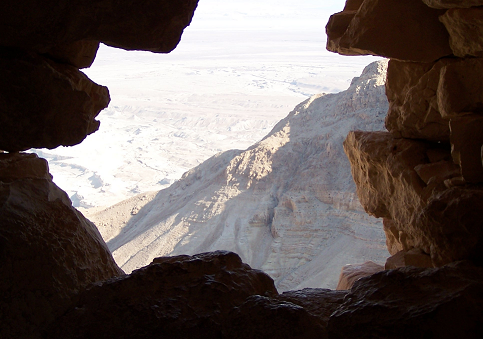
Qumran has many Aramaic documents but shows a provocative lack of targum (Aramaic translations of Scripture). With nearly all the Qumran material published, we still have only two copies of an Aramaic Job and a piece of Leviticus 16 in Aramaic to represent the Aramaic Bible at Qumran. If we included the Apocrypha, we could add the four copies of Aramaic Tobit.
Paid Content
Premium Members and Friends of JP must be logged in to access this content: Login
If you do not have a paid subscription, please consider registering as a Premium Member starting at $10/month (paid monthly) or only $5/month (paid annually): Register
One Time Purchase Rather Than Membership
Rather than purchasing a membership subscription, you may purchase access to this single page for $1.99 USD. To purchase access we strongly encourage users to first register for a free account with JP (Register), which will make the process of accessing your purchase much simpler. Once you have registered you may login and purchase access to this page at this link:































































































